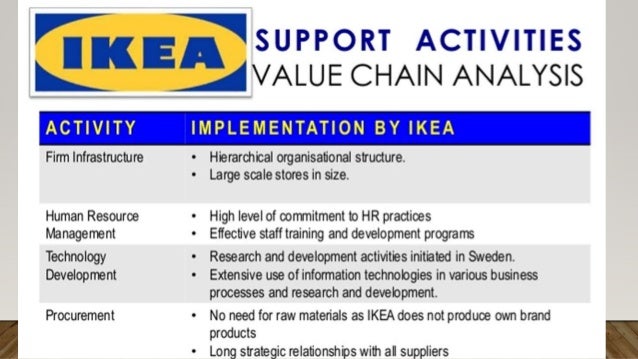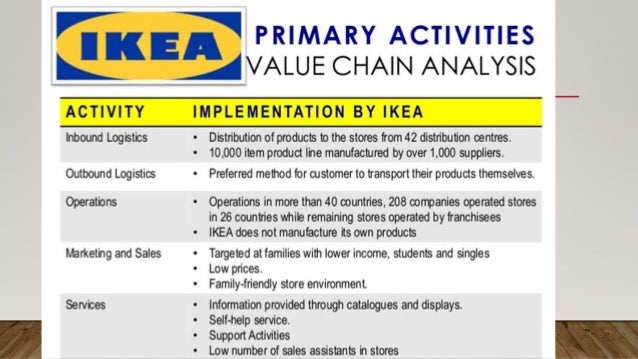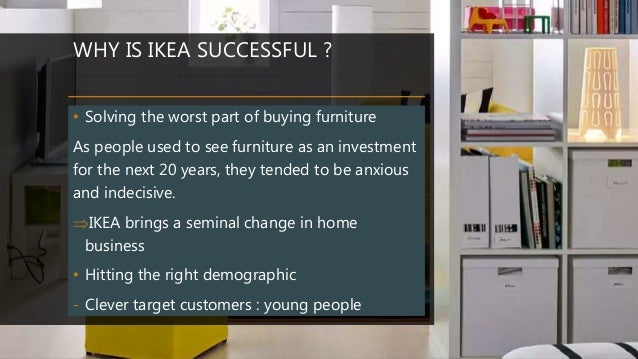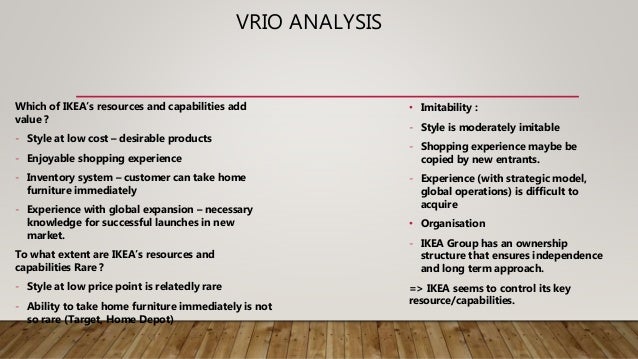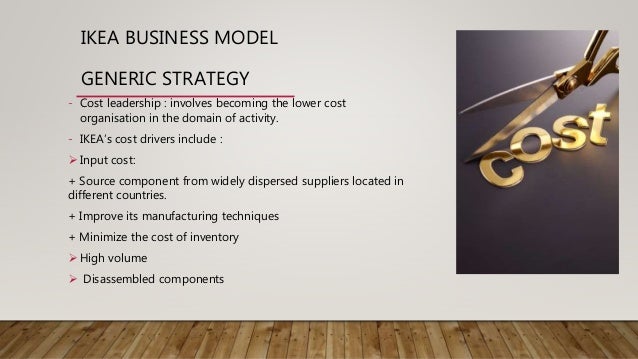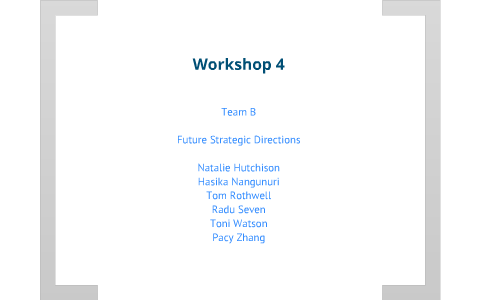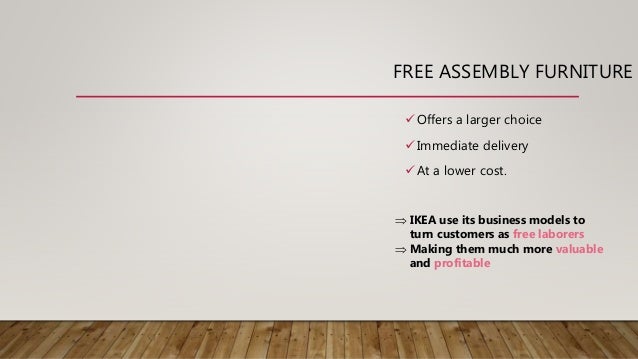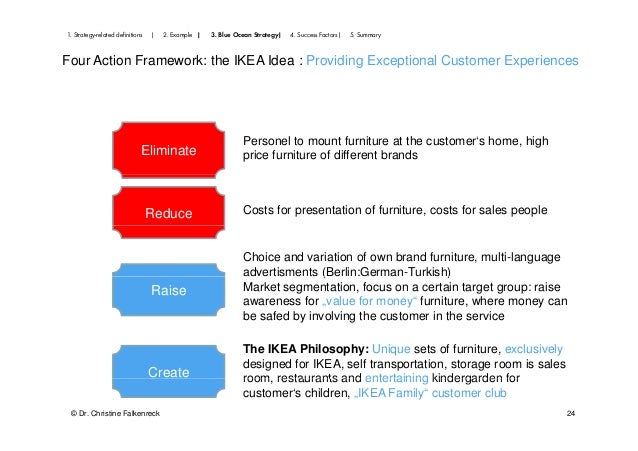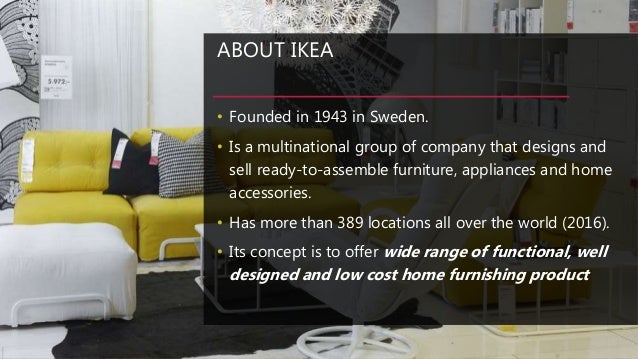Ikea Success Factors

Ikea business model success factors 1.
Ikea success factors. About ikea founded in 1943 in sweden. The global success of ikea can be directly linked to the fact that it has implemented a low cost structure in its operations. Ikea allows customers to customize products in a bid to optimize client satisfaction. Its products are priced low so that everyone can afford to purchase them.
Solving the worst part of buying furniture. Here are the following strategies franchisors can learn from ikea s success story. There are several factors that contribute to ikea s success. Ikea s distinctive strategies have contributed to its success.
Through this strategy ikea maintains a sustainable business because it seeks to uphold its principle of low cost products. In this context the concept of flat packages is effective and reduces labor storage and transportation costs. These factors include their low cost price strategy the design of their store and the shopping experience for customers. The success of ikea is attributed to the strict self service policy.
What factors account for the success of ikea. Purposes understand ikea s business model investigate its sources of competitive advantage understand reasons behind ikea s success ikea s main weaknesses. Ikea s low cost low pricing structure. Before ikea existed people saw furniture as an investment for the next 20 years.
Ikea case study question 1 thi hang vu 2. Ikea before entering the indian market spent a lot of time on the ground. Thorough research of the market is always at the heart of a good franchising plan. Scandinavian innovative and democratic designs.
